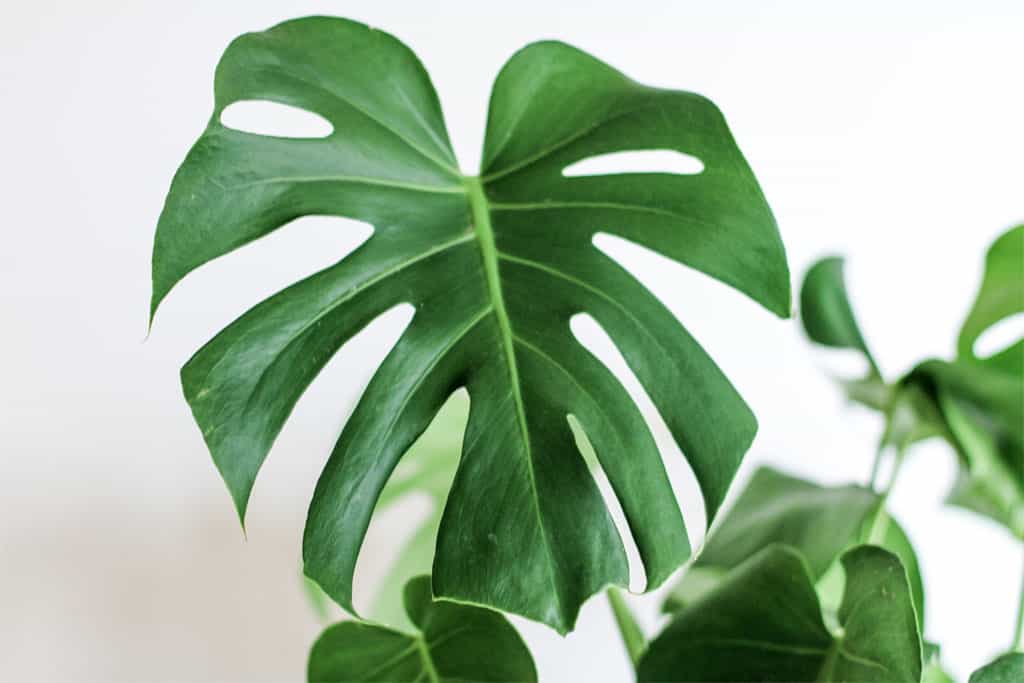One of the hottest houseplants of 2020 is the monstera deliciosa, also known as the swiss cheese plant for its dramatic split leaves. You can find it all over Pinterest and Instagram, and designers are using it in everything from earrings to fabric prints to handbags.
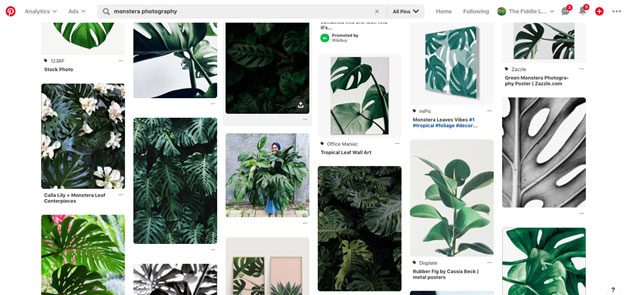
People everywhere are also mistakenly calling it a split-leaf philodendron. In fact, I purchased a monstera deliciosa from a nursery last weekend and it was actually labeled by the grower as a split-leaf philodendron. But it’s not a philodendron at all!

Monstera vs. Split-Leaf Philodendron
Monsteras are actually a different plant family, grown for their fruit in Mexico and Costa Rica. The name is Monstera deliciosa because of the delicious large fruit they produce. Their leaves become giant, hence the name “monster fruit,” and can be quite dramatic, with variegation patterns that are almost white.
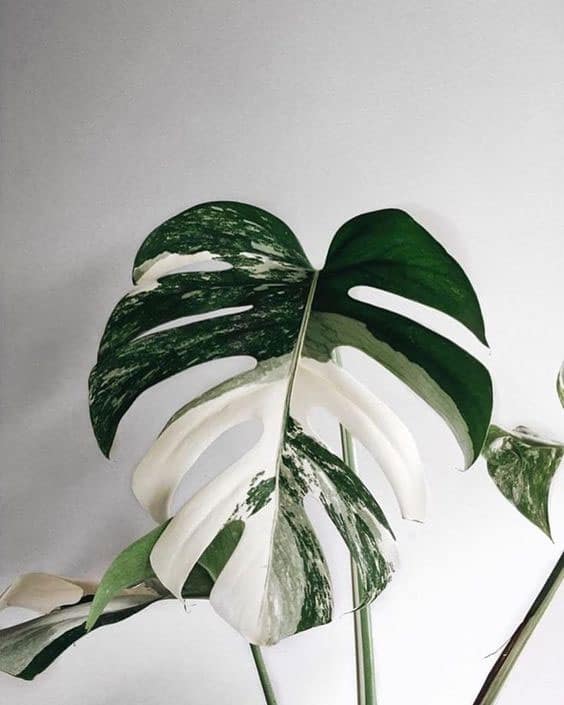
Philodendrons are trailing vines in the same family as pothos. The name philodendron actually translates into “love tree,” perhaps because of their heart-shaped leaves. Their leaves never get as big as monstera leaves and they grow much more like a pothos.
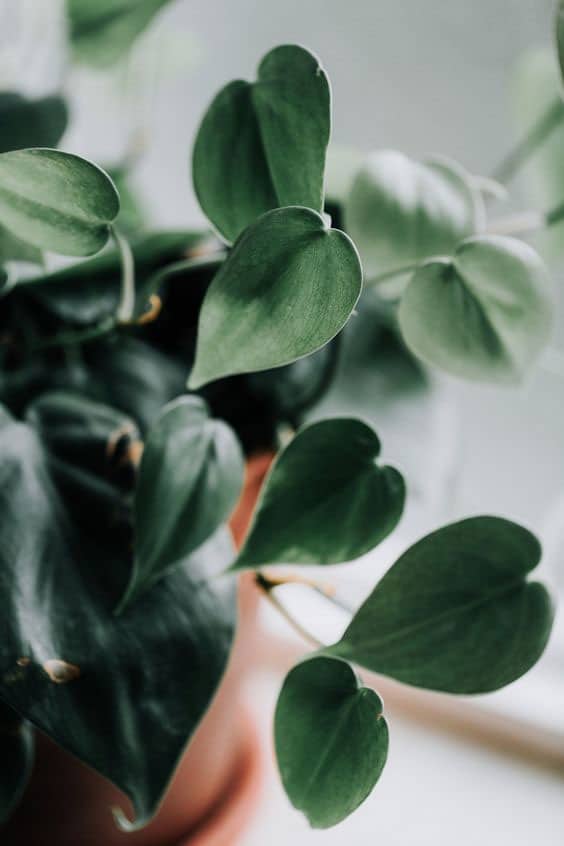
And here’s where it gets tricky. There are two real species of split-leaf philodendrons, but their leaves are nowhere near as dramatic as the monstera deliciosa.
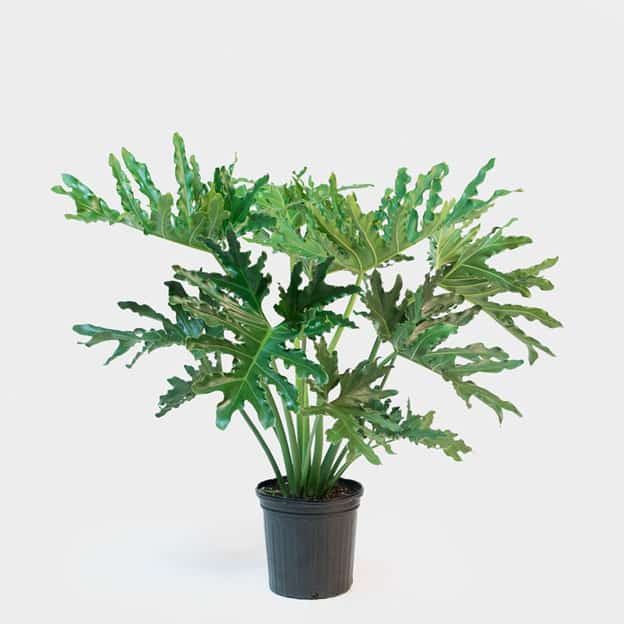
Is a Monstera a Philodendron?
No! While they’re both in the same larger family, a philodendron is more closely related to the most popular houseplant in the world, the pothos. Monsteras are more closely related to the peace lily.
Philodendrons are a bit easier to grow and trail down from their containers like vines, which makes them great hanging plants. They are more common, less expensive, and are more easily grown in variegated varieties.
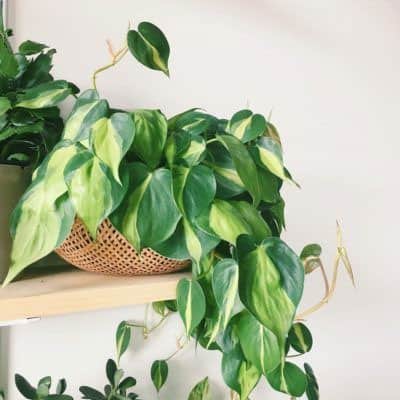
Monsteras don’t make great hanging plants and need a bit more sunlight than philodendrons, at least if you want their leaves to have the dramatic split-leaf pattern. In fact, a monstera that doesn’t get enough light and loses its split leaves looks quite similar to a philodendron.
Monstera vs. Split-Leaf Philodendron: Which Should I Buy?
As a houseplant fanatic, I say both! They’re really quite different, and every houseplant lover should have both in their collection, along with your fiddle leaf fig and ferns. Put your philodendron in a hanging pot near a pothos in an area with less light. It will slowly grow like a vine and thrive in almost any condition.
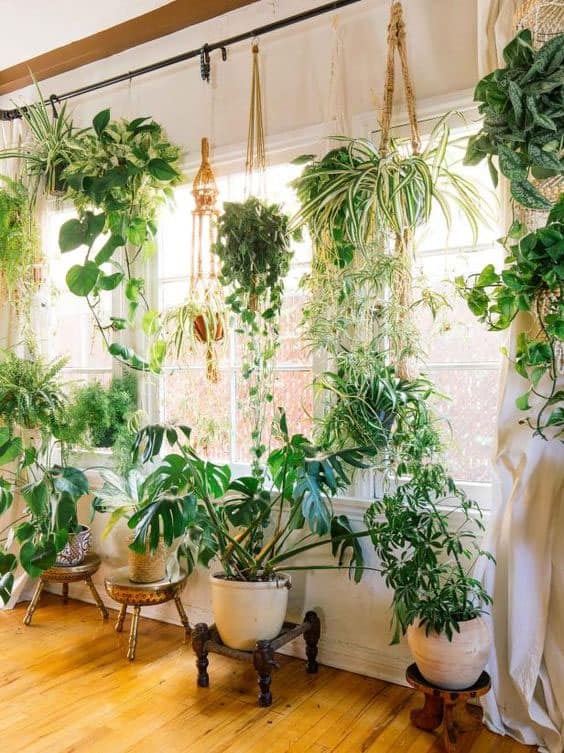
Keep your monstera in a brighter location and be more careful about over-watering. (Read our Ultimate Monstera Watering Guide here.)
Keep an eye on its leaves to look out for leaf drop, yellowing, or losing the split-leaf pattern. If you see these conditions, give your plant more light. (Read The Ultimate Guide to Monstera Leaf Care here.)
No matter whether you choose a monstera or philodendron or both, be sure to follow the basic rules of houseplant care including plenty of sunlight, not too much water, and attention each week.
To learn more:
- Sign up for our free Ultimate Monstera Webinar.
- Subscribe to our newsletter.
- Click to join our community on Facebook: Monstera Plant Resource Group.
- Read our Ultimate Monstera Watering Guide here.
- Be sure to grab your essentials here: Monstera Plant Food, 3-in-1 Moisture Meter, Premium Potting Soil, Houseplant Leaf Armor (which protects your houseplant from bacteria, fungus, and insects—and also cleans and adds shine to its leaves!)
- Looking to shop for plants online? Our trusted partners at Houseplantshop.com grow high-quality plants here in California and ship directly to you. Shop online now!


